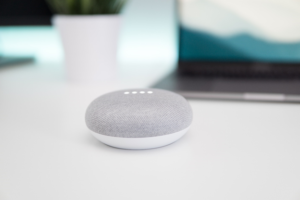If I had to rely on just two books to guide me through my career in UX they would be Dumas and Redish’s “A Practical Guide to Usability Testing” and Sanders and Stappers “Convivial Toolbox”. The Dumas and Redish book describes in exquisite detail how to design and carry out a usability study. It’s task oriented approach makes it indispensable step-by-step guide for anyone who needs to run a complex study on their own. This is the book I used in the 90s to learn this craft on my own because there were no training programs at that time.
The Liz Sanders and Peter Jan Strappers book, on the other hand, is a beautiful and comprehensive guide on how to systematically draw out creativity from other humans in a research situation. Their guiding belief is people are tired of living in a consumer-driven world that can’t be maintained. They crave the chance to make better choices around how to live vs. just spend and consume. People want to engage with others in creative activities. Convivial Toolbox offers a framework for understanding human creativity and how to tap it for a variety of design-oriented purposes.
I had the opportunity to talk with Liz about her work and ideas for the Spring 2021 issue of QRCA VIEWS Magazine. Here is a link to the published interview and a link to the podcast recording on the VIEWS Website.

 However, voice technology is still very much in its infancy. The machine has no concept of culture or social inferences. As Heape noted, “If I were to say ‘The kids just got out of school’ and the listener is in the same time zone, they’d know it’s 3 or 3:30. However, the voice technology would not be able to infer this because it lacks the data.”
However, voice technology is still very much in its infancy. The machine has no concept of culture or social inferences. As Heape noted, “If I were to say ‘The kids just got out of school’ and the listener is in the same time zone, they’d know it’s 3 or 3:30. However, the voice technology would not be able to infer this because it lacks the data.”